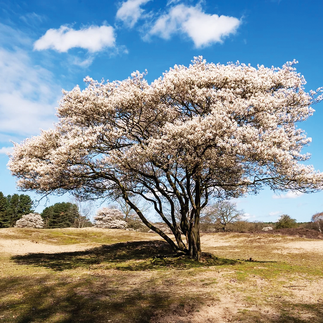
The Montgomery News
20 hours ago8 min read
1,176

The Montgomery News
5 days ago1 min read
1,064


The Montgomery News
5 days ago3 min read
226

The Montgomery News
Apr 44 min read
489

The Montgomery News
Apr 32 min read
510

The Montgomery News
Mar 312 min read
2,497

The Montgomery News
Mar 276 min read
829


The Montgomery News
Mar 271 min read
1,080

The Montgomery News
Mar 203 min read
1,619


The Montgomery News
Mar 204 min read
274

The Montgomery News
Mar 197 min read
3,729































コメント